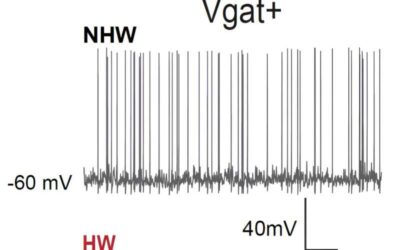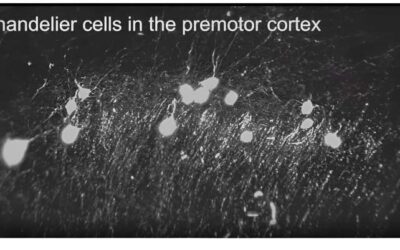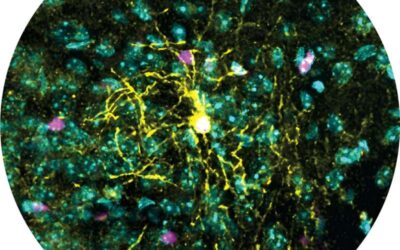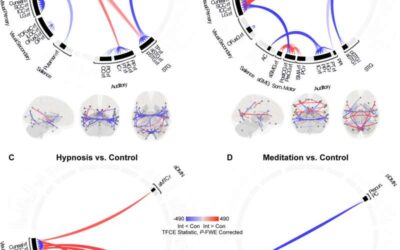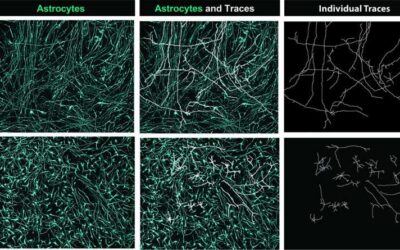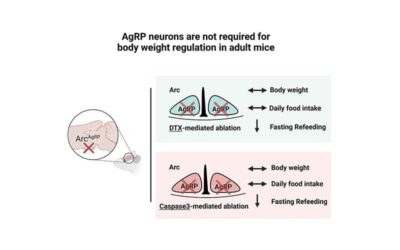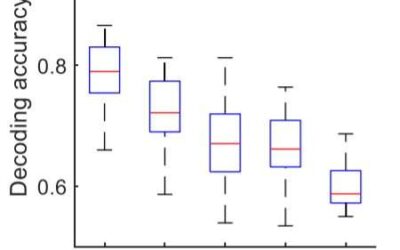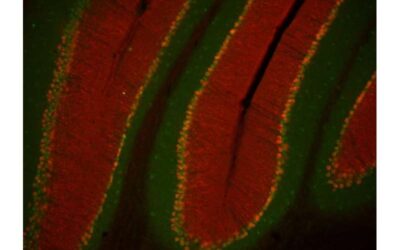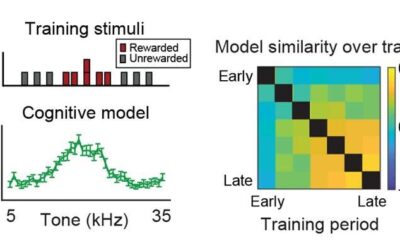Fluctuations in the hormones secreted by women's ovaries, namely estrogen and progesterone, are known to cause mood swings. For instance, at different points of the menstrual cycle, during or after pregnancy and while reaching menopause, women can experience lethargy,...
MEDICALXPRESS
Study unveils an adaptive neural mechanism that supports robust and flexible learning
For decades, neuroscientists have been trying to better understand how humans learn behaviors and flexibly adapt to new situations or real-world challenges. While humans and other mammals are acquiring new behaviors, neural circuits in their brain are known to...
Study identifies sex differences in the brain cell types responding to stress
High levels of stress are known to contribute to the development of many psychiatric and medical conditions, including depression, anxiety disorders, hypertension, and heart disease. Past case studies suggest that psychiatric disorders linked to stress exposure can...
Exploring what happens in the brain under the influence of psychedelics, while meditating and during hypnosis
Changes in a person's "normal" mental state after taking drugs, while meditating, during hypnosis or due to specific medical conditions have been a topic of study for several years now. Some of these mental changes, which are known as altered states of consciousness,...
Study identifies ligand-receptor pairs driving the development of astrocytes
Astrocytes are a type of glial cell in the central nervous system that clear excess neurotransmitters, promote the formation of synapses (i.e., connections between neurons), and perform other functions. The development of astrocytes, like that of other glial cells, is...
AgRP neurons in the hypothalamus may not be essential for maintaining body weight
Obesity has been linked to numerous health conditions, including high blood pressure, high cholesterol, type 2 diabetes, heart disease and strokes. Identifying neural processes underpinning excessive eating and obesity could thus have notable implications for global...
Study determines object-related information is distributed across CA1 neurons in the hippocampus
The CA1 is a region of the hippocampus known to support the formation, consolidation and retrieval of memories. In recent years, neuroscientists have been trying to better understand how populations of neurons in the CA1 hippocampus encode places and objects.
Exploring the use of robots to guide loving-kindness and walking meditation practices
Meditation practices can often positively influence the lives of practitioners, for instance, improving their emotional well-being, reducing stress levels and increasing their focus on daily activities. While some meditators practice in silence without any external...
Study links associative learning in the cerebellum to movement control in mice
The cerebellum, a region at the back of the brain under the cerebral cortex, has been found to support movement and muscle control, as well as memory, learning and other mental functions. Some neuroscience studies have hypothesized that the cerebellum refines the...
Study explores the emergence of predictive models in the hippocampus
Neuroscience studies have found that the brain spontaneously organizes events and life experiences into memories, which can be mentally retrieved and replayed at different points in time. These memories of past events are known to partly shape human perceptions and...

